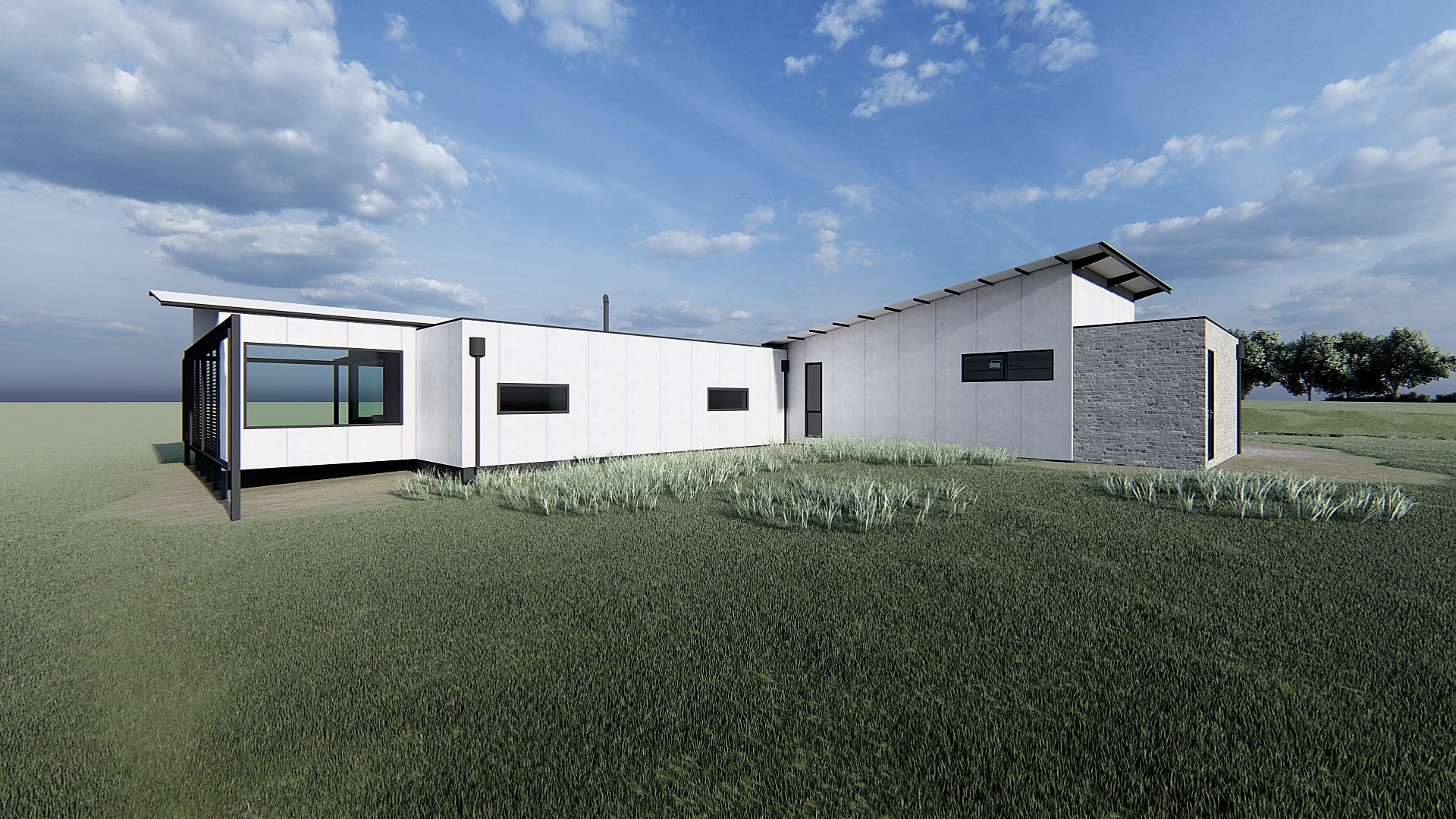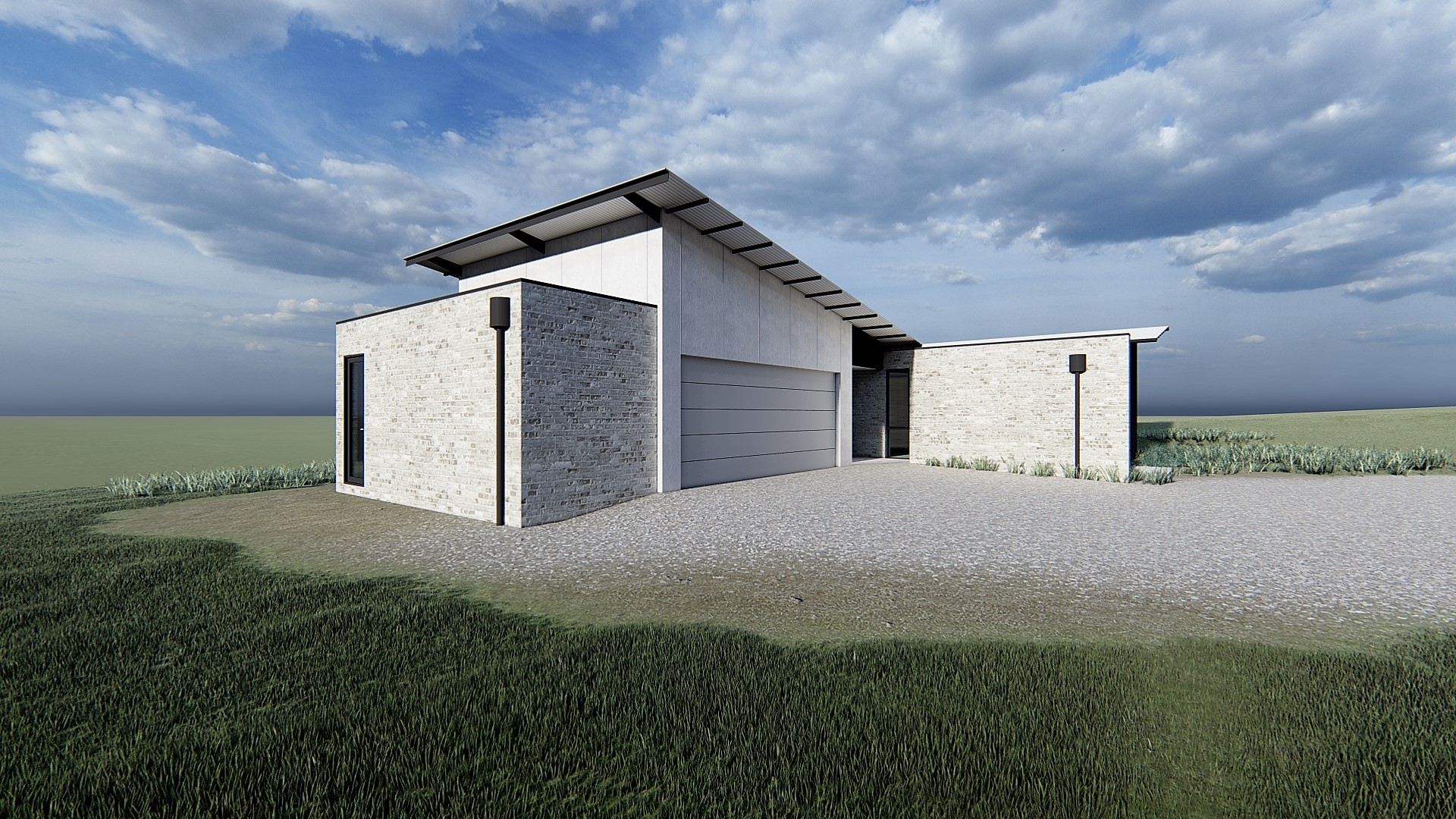Temperature control is one of the key considerations when it comes to building your home – especially when living in a climate as diverse as Australia’s! With extremely hot summers and cold and rainy winters, regulating the temperature inside your home is essential to you and your family’s overall comfort levels.
While in the past, we may have relied on artificial heating and cooling technology, the construction industry is increasingly shifting towards energy-efficiency design. This has transformed the approach to designing and building new homes, with elements like orientation, ventilation and lighting all considered as ways to regulate temperature.
As this approach has become more popular, the industry developed a star rating system that could indicate the thermal performance of a home. Thermal performance refers to how much artificial heating or cooling is required to establish and maintain a comfortable temperature inside.
For example, a zero-star rating indicates that the building does absolutely nothing to regulate extreme temperatures (whether hot or cold). In contrast, a 10-star rating will technically require no forms of artificial cooling or heating to maintain the conditions required.
We are about to embark on the construction of an eight-star off-grid home designed by Matthew Morse Architect. To achieve an eight-star rating, we are using the following construction techniques:
- Reverse brick veneer construction, which means the thermal mass is inside the building, not the outside. Traditionally, bricks placed on the outside of a building contribute very little to heating and cooling efficiency. When placed on the inside and combined with insulation, the outdoor conditions aren’t transmitted into the home as the bricks are protected.
- Fully insulated slab exposed concrete floors, which reduce the amount of heat required to achieve comfortable temperatures
- High-performing, double glazed and thermally broken windows and doors.
- A solar and battery system that will support the home’s electricity needs, meaning it doesn’t need to be connected to mains power
- A rainwater system that will allow water to be stored in large tanks, to be used for gardening etc
- A worm farm septic treatment system for food waste.
Keep an eye on our Instagram feed and stories to see how we progress with this build, we can’t wait to see the final product!
In the meantime, check out the renders of this eight-star off-grid home:
___
If you’re interested in learning more about how an energy efficient design could benefit you and the environment, get in touch with our friendly team today!










